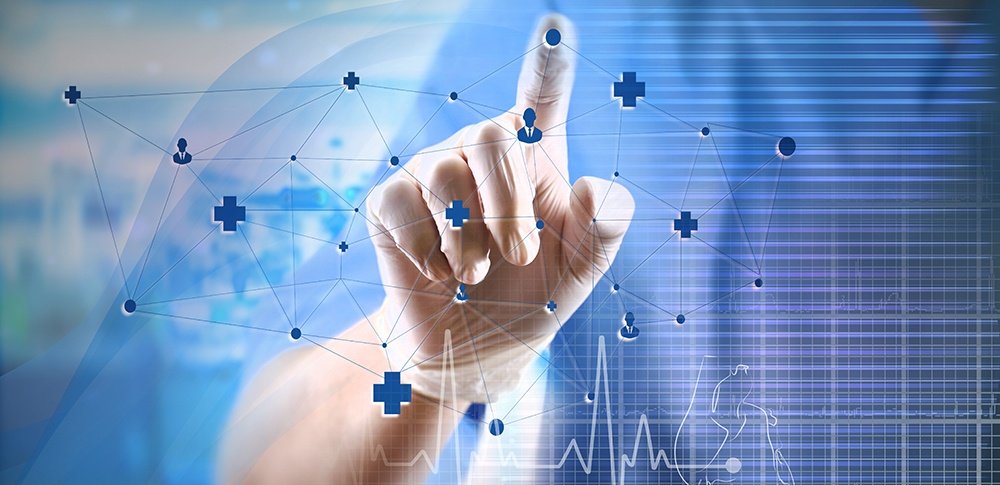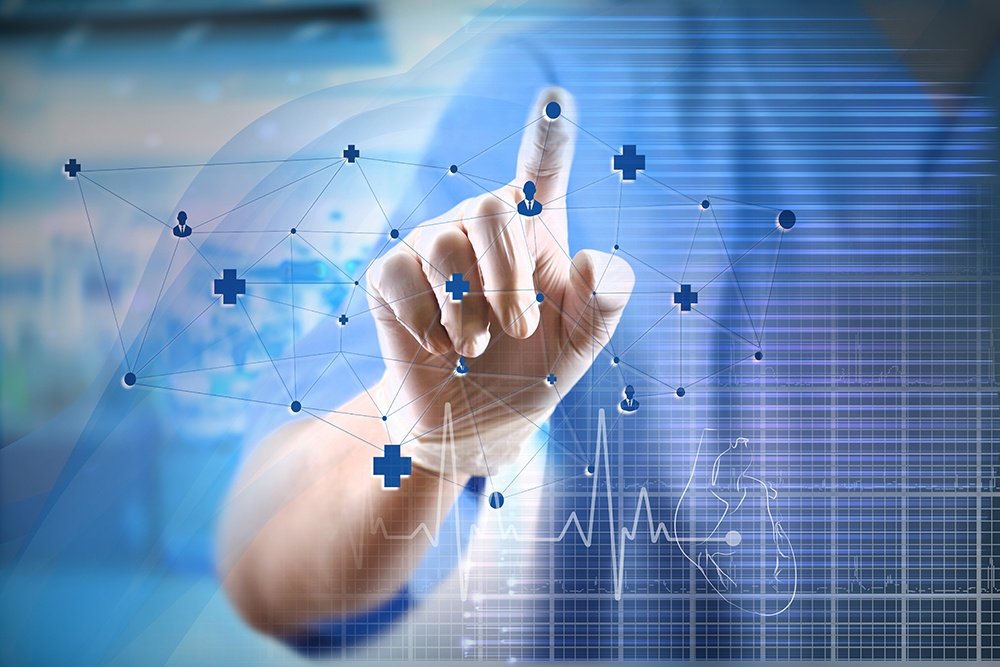
Patients expect their healthcare provider to be up-to-date with the most current and advanced technologies. They want to see signs that their provider is working to offer the best care possible by using the best tools available.
Maybe your office is already using technology that provides this high level of care. But, that might not be enough to impress patients.
To show patients that your office is advanced, modern, and current with the times, you can’t hide all of your technology in the backroom or as staff-facing tools. You need to also use technologies that patients can see and use for themselves.
The following list includes the types of patient-facing technologies your healthcare office can embrace to impress patients and position your practice as an early adopter of innovation.
Online Patient Portals
While you may have tools that manage patient data on your side, you also need technology that helps patients access their information on their end.
Online patient portals offer patients a way to access their health records, schedule appointments, and make payments. It allows them to more actively engage with their healthcare which has a bigger benefit than simply impressing them with technology.
When patient portal adoption is high, it can even produce better healthcare outcomes. Technology that enables patients to get more involved with their care has a “major impact (14%) to moderate impact (34%) on quality outcomes,” according to a study by NEJM Catalyst.
Wellness Wearables
Another way to incorporate technology that can help patients get more involved with their healthcare is by promoting wearable devices that monitor wellness.
Wearables are tech tools that patients put on their bodies to monitor and track their wellness. While Fitbits are probably the most well-known product related to this technology, more and more wearable monitoring devices are hitting the market.
The functions of these tools can track and monitor heart rates, sleeping patterns, and exercise habits, among other vital signs and activities. They also offer options for sharing data, so a patient could connect their information with a provider to share key insights about their health and wellness.
Patient Check-in Kiosks
If you want to present your practice as a leader in tech adoption, you need to use technology to connect with patients as soon as they enter your office. You can do that by using digital patient check-in kiosks.
You can use interactive screens in a healthcare office to walk patients through the intake process. Instead of waiting in line to talk to a staff member, patients can use touch-screen kiosks to check-in, update their information, make payments, and schedule future appointments.
This tool offers a modern touch to your office but also support both your patients and staff. It decreases strain on human resource and speeds up the intake process so patients have a shorter wait before their appointment.
Digital Wayfinding Tools
Another way to greet patients with a touch of technology is by placing digital wayfinding tools near the entrance of your facility (or throughout your facility if it is a large campus or building).
Digital wayfinding is a tool that enables viewers to browse directories and search for their destination. It then provides custom directions that tell the user exactly how to get to their destination from their current location. This type of technology is useful for any large property or building. But, it’s especially useful in a healthcare setting.
Because many people who are visiting a healthcare facility are feeling sick, nervous, or on edge, the last thing they need is a struggle to find the right room or office. And staff often loses efficiency having to give the same directions to patients throughout the day. Digital wayfinding tools keep stress-levels down by making it easy for patients and their loved one to navigate a facility.
Digital Waitboards
Technology can also decrease stress and frustration in patients and their loved ones in another way. When healthcare offices display engaging and relevant digital signage content in their waiting rooms, they can both ease stress and decrease perceived wait times.
Digital waitboards in a healthcare office help patients take their mind off of their current situation and pass the time. When digital signage is present in a waiting room, it can make a wait feel up to 33% shorter. So a patient waiting for 30 minutes will only feel like they waited for 20 minutes.
This improved experience keeps frustration levels down, while creating an opportunity for you to connect with patients. Digital content is also a great platform for sharing important messages with patients such as information about health care initiatives, your staff, and your processes.
Click-to-Call Buttons on Your Website
The final technology tool on our list may not ‘wow’ customers in the way that other items may have. But, it’s just useful, helpful, and beneficial to both you and your patients as the other items. It is click-to-call buttons on your website.
Click-to-call buttons are hyperlinks on your website that enable users to click directly from your website to call your practice. The reason this type of technology is important is because it makes it easy for your patients to get in touch with your office.
Many new patients looking for a healthcare provider use search to find an office. They also often use their mobile devices to conduct the search. So when your website has click-to-call buttons, it makes it very easy for them to reach out to you when they find you.
Want More Tips for Improving Your Healthcare Office?
Technology is constantly changing, evolving, and advancing. If you want to continue to impress your patients so they see your practice as a forward-thinking healthcare provider, you need to stay up with the trends.
For more tips on what types of tools and strategies you can use to continue to impress patients, get more insights in our free ebook, The Ultimate Guide to Attracting and Retaining Patients.
